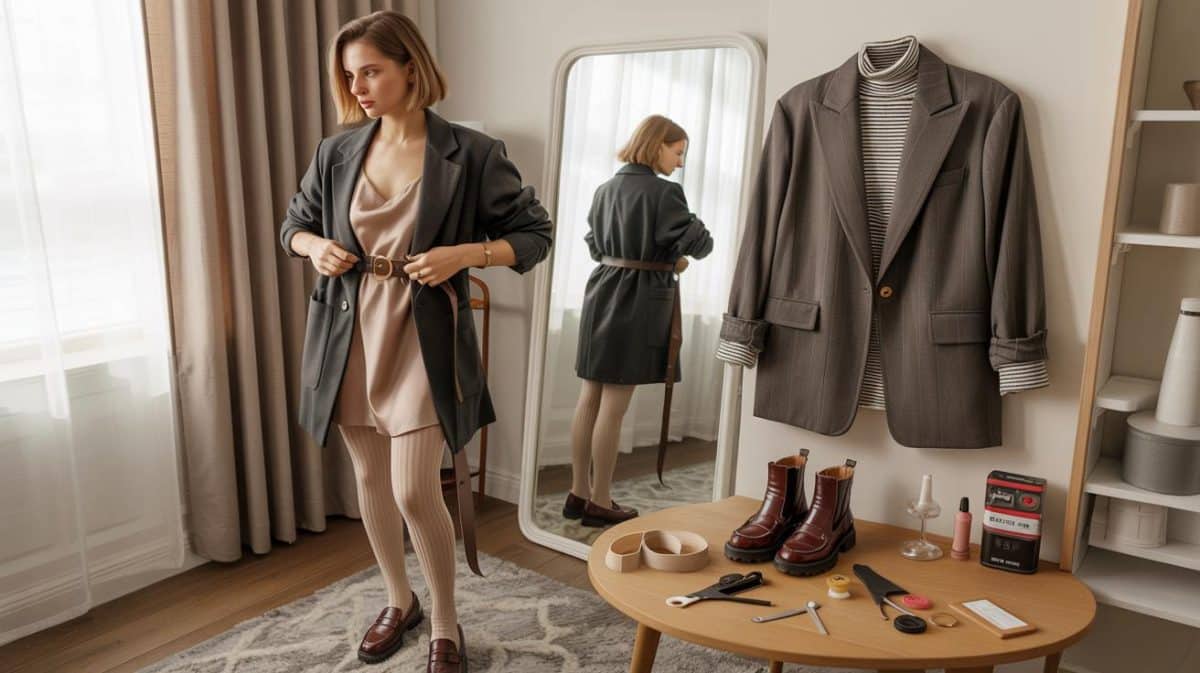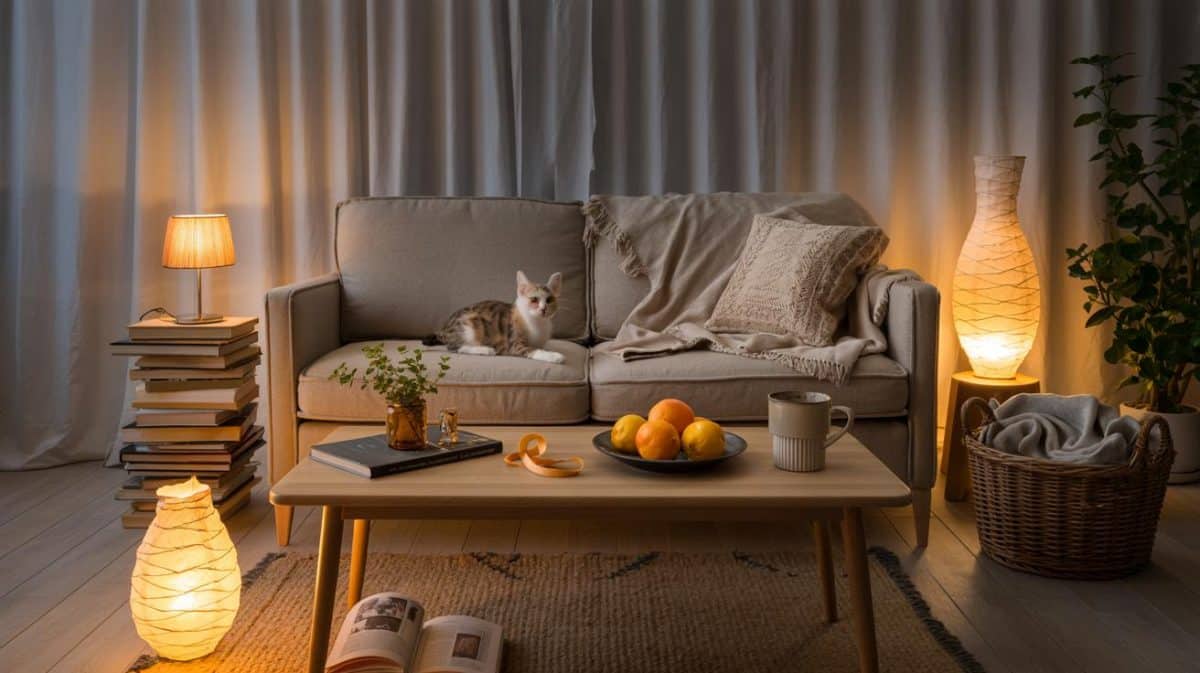The routines that once pulled you forward—emails, meetings, deadlines—fade, and what remains is choice, which can feel heavier than work. We’ve all had that moment when an empty afternoon stretches like a blank page and the pen feels strangely heavy. This is where hobbies aren’t just “nice to have.” They become a new way of belonging to your own life.
The first Monday after she retired, Mary set her coffee beside a neat stack of sticky notes that read “gardening,” “Italian,” “photography,” and “help at the library.” She looked out at the small birds lifting off the fence and realized no one would call if she did nothing. She tried a pottery class that afternoon and made a bowl with a wobble, which she kept. The clay under her hands felt like permission. Somewhere between spinning and reshaping, she noticed time had passed without asking who she was. The question lingered, warm and insistent. What if the bowl is the point?
Why a good hobby is more than a pastime
Retirement changes the texture of your days and your sense of self, and a hobby can anchor both. It gives shape to time, but it also gives you a story to tell when someone asks, “What have you been up to?” That story matters because identity doesn’t retire; it just needs new verbs.
Luis, 67, tried a neighborhood woodworking group in a borrowed garage. He cut three crooked shelves and laughed each time a board betrayed him, then went home feeling taller. Two months later, he built a stool for his granddaughter and realized the shop talk had turned into friendship. *The shelf wasn’t the win; the Wednesday night ritual was.* A small rhythm, repeated, stitched his week back together.
Hobbies work because they activate purpose on a human scale—just enough challenge to invite progress, not enough pressure to crush it. You get feedback from the world: a seed sprouts, a camera catches some late light, a chord finally rings clean. That feedback lights up reward loops and nudges you into “flow,” where effort and attention line up. **Mastery matters at any age.** And when you share what you make, you plug into community, which is the quiet fuel of well-being.
How to pick and start a hobby that sticks
Use the 3×2 rule: run three tiny experiments a week for two weeks. Each try is 20 to 40 minutes, with a low bar for success—plant basil in a pot, sketch your coffee mug, follow one bread recipe. Track what felt easy, what felt alive, and what you wanted to do again. **Start smaller than your pride will allow.** Momentum beats motivation on sleepy Tuesdays.
Avoid the gear trap. Begin with borrowed or basic tools, then invest once you’ve shown up ten times. Beware the “calendar cliff,” where you block two hours every day and then ghost your own plan. Let’s be honest: nobody really does that every day. Pick two anchor slots per week and treat them like friendly appointments. Some days you will do nothing, and that’s work too.
Make it social before it becomes pressure. Tell one person what you’re trying and invite them once, not forever. Make space for being new.
“I stopped asking, ‘What am I good at?’ and started asking, ‘What am I curious enough to try this week?’ That changed everything.”
- Try-bag: keep a tote with your hobby basics by the door.
- Friction hack: set up the first step the night before.
- 2-minute rule: when you resist, do just two minutes. Often you’ll keep going.
- Swap screen time: trade one scrolling session for one practice block.
- Reflect: one line in a notebook—what felt good, what felt sticky.
From pastime to purpose: letting hobbies shape your days
Once a hobby has a heartbeat, let it grow wider roots. Teach a neighbor the chord you just learned. Donate a few tomatoes to the community fridge. Join the club meeting and listen more than you speak. Purpose sneaks in sideways when your hands are busy. You don’t need to turn play into a side hustle; meaning often arrives without a price tag. **Joy is a skill, and retirement is practice time.** Leave room for rest and for being gloriously average at something. Let the calendar catch only the sessions you care about, and let the rest stay wild. The days begin to carry themselves.
| Point clé | Détail | Intérêt pour le lecteur |
|---|---|---|
| Start tiny, iterate | Use 20–40 minute micro-tries with the 3×2 rule to test hobbies fast | Reduces overwhelm and builds momentum without big commitments |
| Make it social | Invite one person, join a small group, share small wins | Boosts consistency and adds community without pressure |
| Let purpose emerge | Teach, donate, or contribute when it feels natural | Transforms a pastime into meaning and routine that lasts |
FAQ :
- How do I choose a hobby when I have no idea what I like?List what you enjoyed before life got busy—childhood sparks count. Then run the 3×2 experiments for two weeks and notice where time disappears.
- What if I have mobility or health limits?Pick seated or low-impact options—watercolor, genealogy, birding from a window, chair yoga, online choirs. Adapt the setup so the first step is always easy.
- Can I afford a new hobby on a tight budget?Start with library resources, community center classes, tool libraries, and secondhand gear. Borrow for ten sessions, then buy used. Free often beats fancy.
- How do I find people to do this with?Search local groups at libraries, parks, and senior centers, plus neighborhood apps. Show up twice before you judge the fit; the second visit feels different.
- What if I feel “late” and embarrassed to be a beginner?Late is a myth; new is honest. Beginners learn faster because curiosity is fresh, and your life experience multiplies progress in surprising ways.








